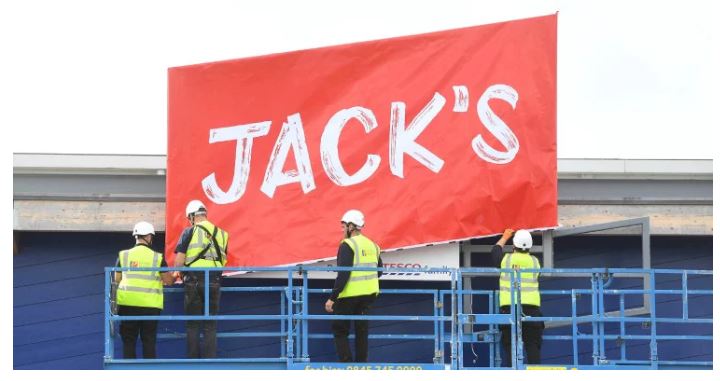Following on from my rant about content porn, it seems to me that the real problem has become the immediacy required by the digital age.
You need more stuff, on line, now!
At least, that is the demand, but more stuff is of no value unless it moves someone to an action.
Time is no longer allowed to curate and enable the creative process that can deliver what my old advertising colleagues used to call ‘The big idea’.
Now we just upload any old crap and move on, thinking we have done the job of producing ‘Content’.
So perhaps the problem is not having a framework for the big idea to emerge?
This is despite the disciplines necessary for effective marketing I have spoken about previously. The persona of the ideal customer, and differentiation, as well as understanding from the customers perspective what problem you are solving for them, and why they should pay you to solve it.
Setting out to enable the big idea to emerge without having gone through the pain of defining these boundary items first will be in most cases, a waste of time and effort. However, having defined them, there are some simple to say, but very hard to do, steps that you can take that may assist.
Attract attention.
Unfortunately this is a chicken and egg proposition. To attract attention, you need an idea that resonates with your ideal customer, without which, you will not attract the attention. To resonate, it must solve a problem, often one they did not realise they had, or had just got used to having, so was not a constant itch. The creativity required to see the problem from the perspective of the customer, and frame it in such a way that motivates them to action, is the essence of the process, and is not something that happens quickly, or regularly.
The classic example is Apples ‘big idea’ for the original iPod: ‘A thousand songs in your pocket’
Hold attention.
To hold the attention once passed the huge hurdle of attracting it, the idea must be compelling. Most businesses compete in markets where there is little that is genuinely new, where you have some sort of defensible ‘uniqueness’. Patents are defensible, but the sad reality is that you need very deep pockets, and even then, they are increasingly just a road bump a competitor has to negotiate. Therefore, you need to create some sort of differentiation in the minds of the ideal customer that you can ‘own’. In their minds, it is what you become known for, and is sufficiently compelling that they reach for their wallet. The iPod line achieved this in spades.
If you were in the market for a hard floor covering, and you stumbled across this optical illusion from British tile maker Casa Ceramica, used as the header for this post, you would at least look at them closely.
Have a strategic roadmap
Every idea you generate should be a brick in the road towards your long term strategic goal. You cannot predict the future, but you can define where you want to be, then set out to go there. The route might change, not the goal. You will have challenges and obstacles to overcome on the way that were never envisioned at the outset, but keeping your eyes on the goal provides the framework against which you ask the question ‘Does this idea take a step forward in the journey?‘
This post evolved as a result of seeing the photo in the header on social media somewhere. If you happened to be in the UK midlands, and were thinking of replacing your floors with tiles, you would add this lot to the list to talk to. The aspiration of their website is: ‘We aim to inspire you and help you stand out. We aim to give you the aspirations you need, the innovation of our showroom and knowledge and the dedication you deserve.’ Their mission is all about leading the independent wall and floor tiling industry. This example of a piece of content moves them along towards that goal, and I would suggest, is a great example of the big idea in action.






